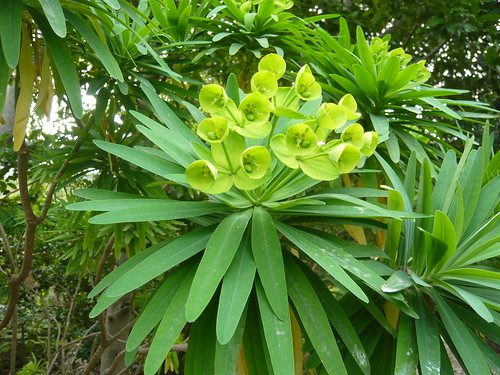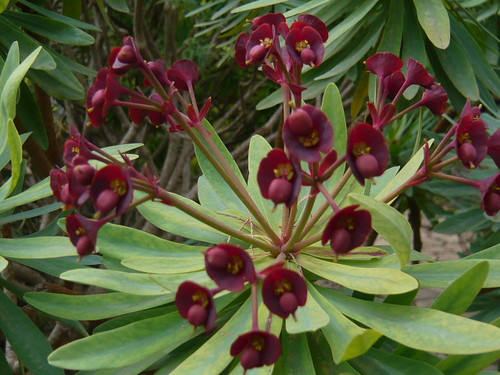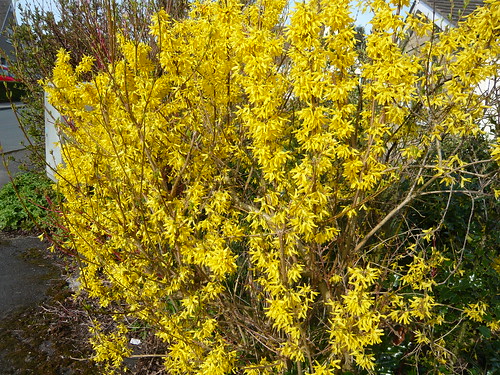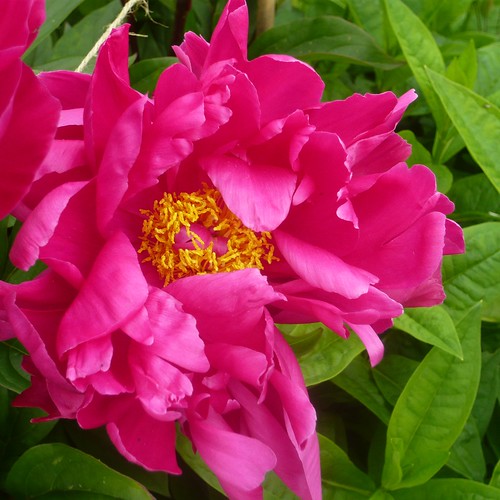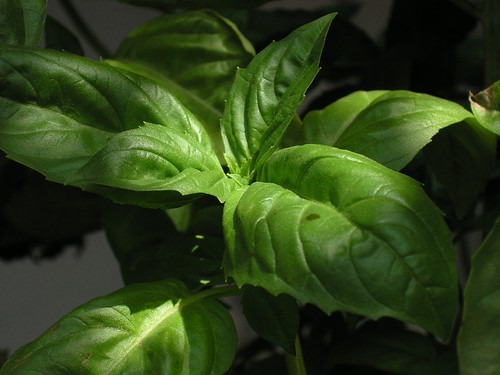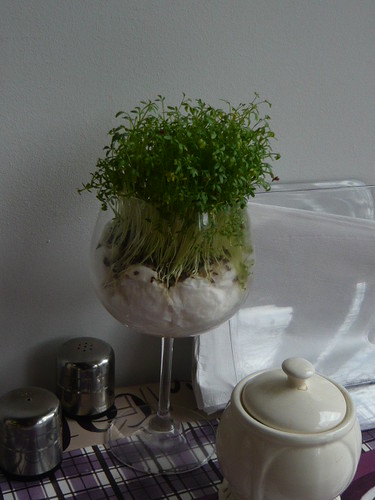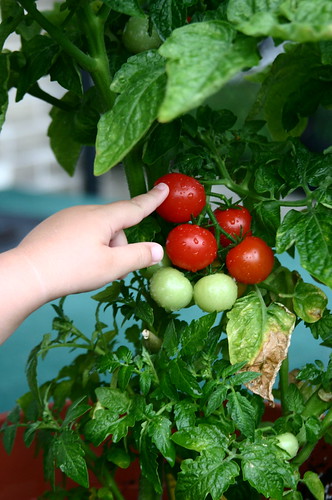Euphorbia Euphoria
Euphorbia Facts
- Euphorbia are the largest genus in the plant world with varieties on every continent except Antarctica.
- 150 species that grow well in UK gardens are listed in the RHS Plant Finder from over 2000 species worldwide.
- Euphorbia exist as tiny prostrate annuals, perennials and even Trees.
- Some spiny Euphorbia can be confused with Cacti, If you are in Africa it will be a Euphorbia in America it will be a Cactus.
- Spines of Euphorbia will be in pairs.
- Euphorbia exude a white, sticky, irritating resin when scratched.
Euphorbia Groups
- Annuals, Biennials and Short Lived perennials – grow, flower, seed and die in a season
- Annuals, Biennials and Short Lived perennials – grow, flower, seed and die in a season
- Herbaceous Perennials – die back in winter so cut down when unattractive but some varieties have good autumn colour
- Biennial-Shooted evergreen perennials – grow leafy shoots that last 2 seasons then flower to be replaced by new shoots. Cut down to ground level when they look untidy
- Evergreen or deciduous shrubs – prune only when they grow too big.
